The Alhambra Palace
The Alhambra was declared a World Heritage Site in 1984. Its name comes from the redish clay used on the building of its walls (in Arabic, («qa’lat al-Hamra’» means Red Castle). The complex, whose visit requires at least three hours, is located on the Sabika hill, next to the Darro river. It is mainly made up of the Generalife Gardens, the Nasrid Palaces and the Alcazaba, all of them of Arab construction, and the Carlos V Palace and the Church of Santa María, of Christian construction.


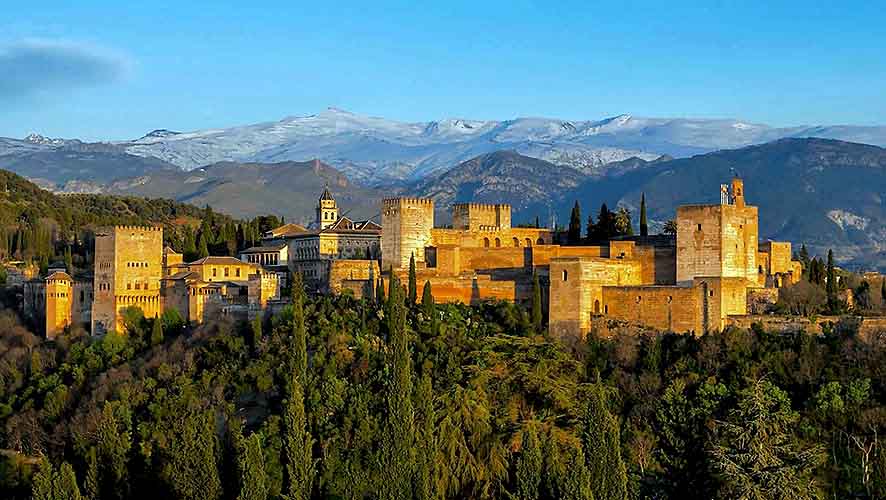
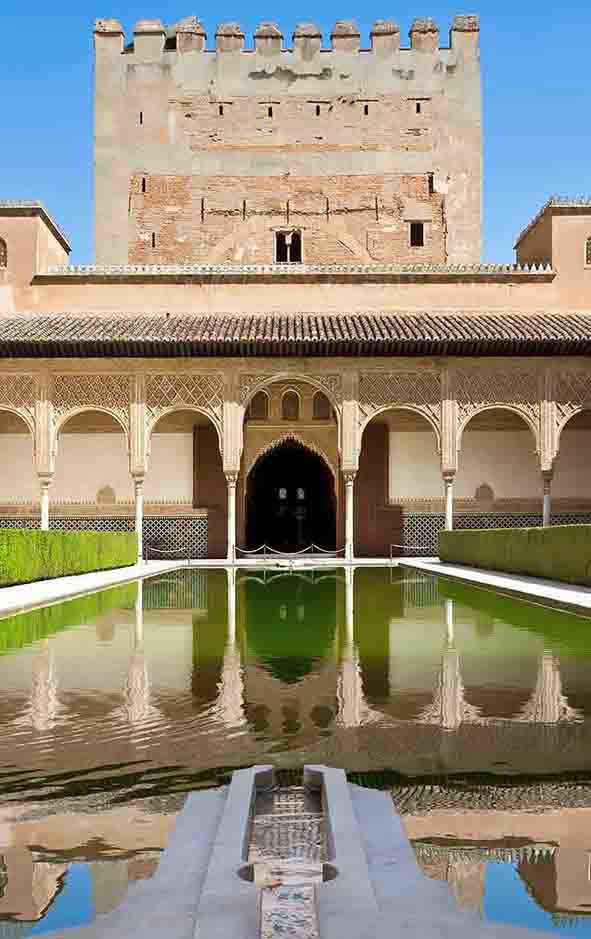
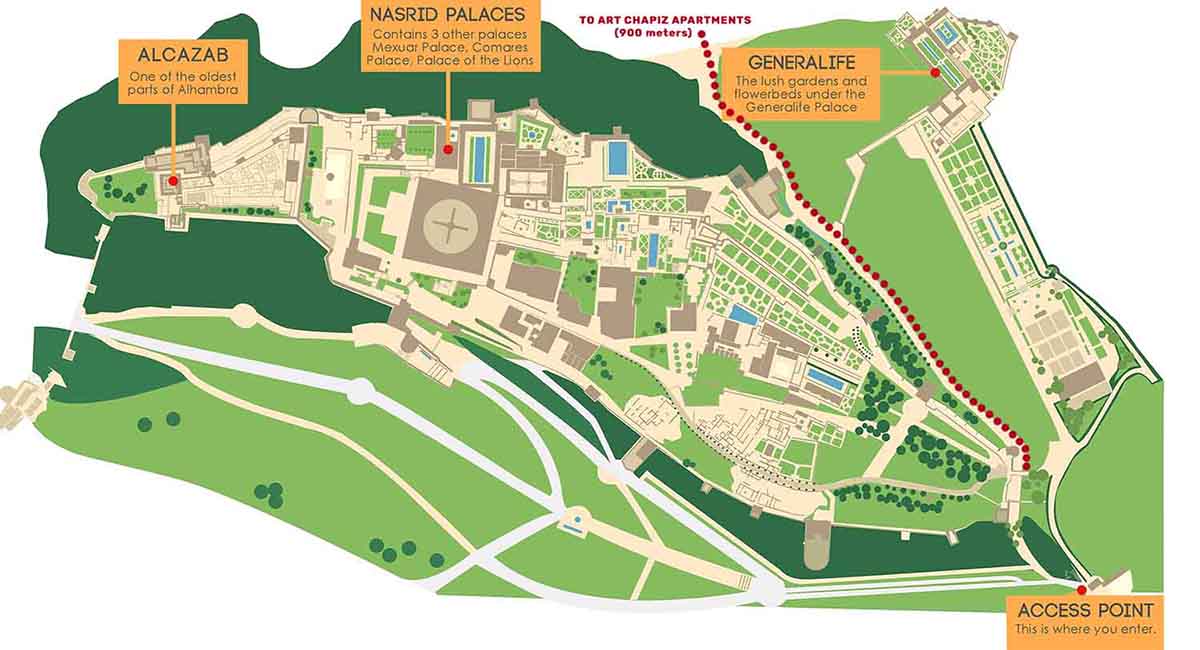
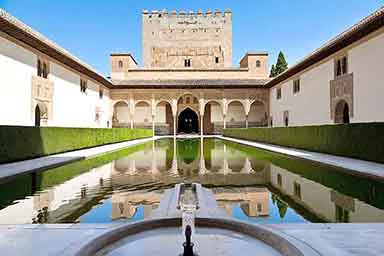
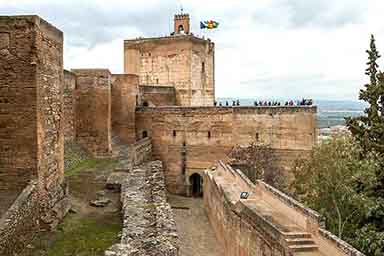
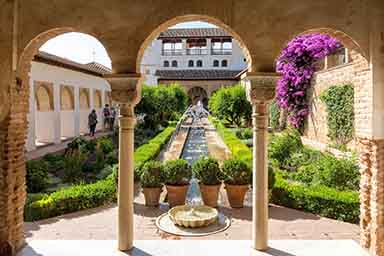






Follow Us
OUR SOCIAL MEDIA CHANNELS
Follow us for the latest news and offers.